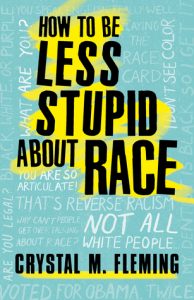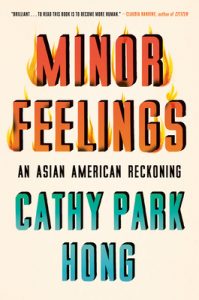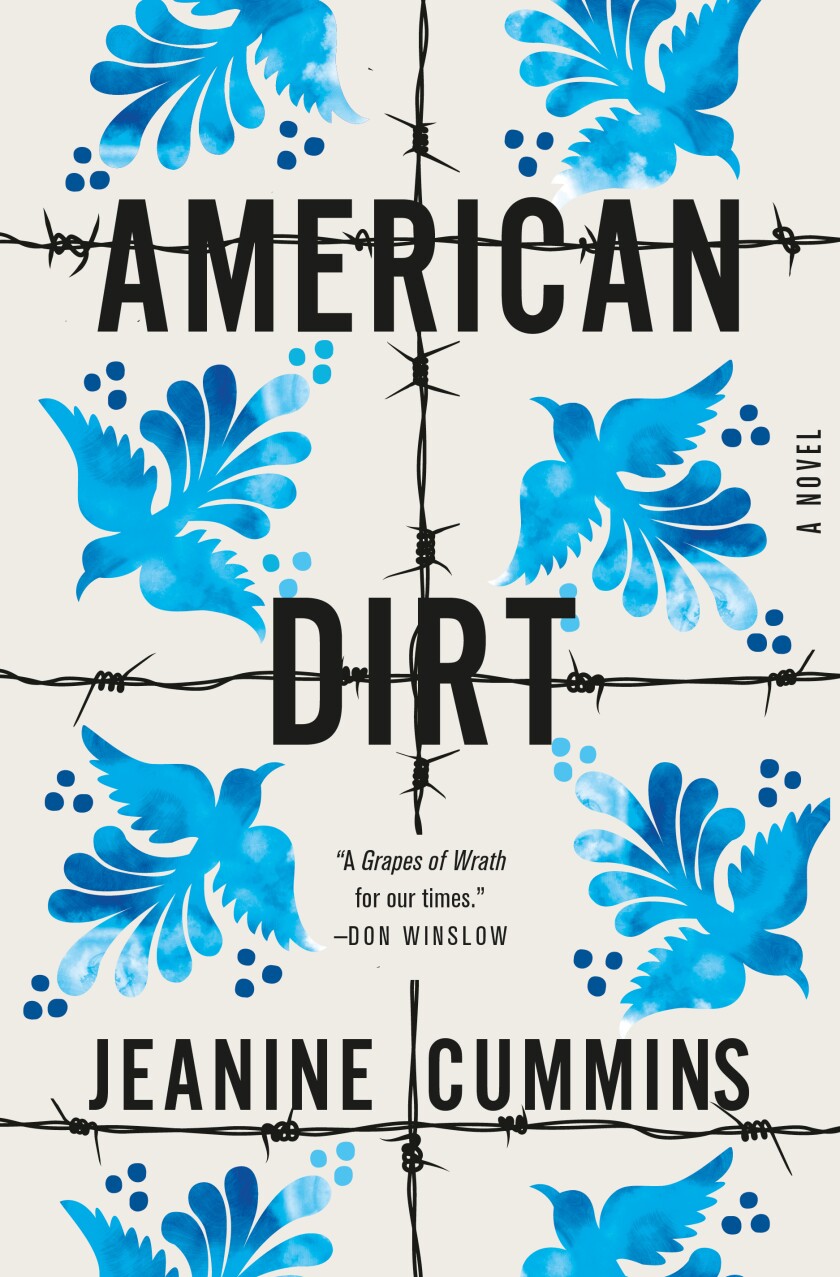 I mentioned this in the first post on children’s books for Black History Month, but when we think about BHM, I feel like the first thing that comes to mind is probably either 1) slavery, or 2) civil rights. And for Black history in North America, those are definitely things we cannot afford to forget or pretend that it no longer affects Black people, but you know what else? I’m also willing to bet that when the majority of us think about slavery, it’s slavery in the U.S. that comes to mind. But in case we missed this in our history classes, or forgot about it since we learned about it maybe in elementary school: Black people were enslaved in Canada too, for around 200 years. So to start off this week’s post, check out this episode of The Secret Life of Canada podcast to learn more: The Secret Life of Birchtown – listen to it, look through the articles and videos it links to, and then think deeply about whether, or how, this changes your perception of Black history in Canada.
I mentioned this in the first post on children’s books for Black History Month, but when we think about BHM, I feel like the first thing that comes to mind is probably either 1) slavery, or 2) civil rights. And for Black history in North America, those are definitely things we cannot afford to forget or pretend that it no longer affects Black people, but you know what else? I’m also willing to bet that when the majority of us think about slavery, it’s slavery in the U.S. that comes to mind. But in case we missed this in our history classes, or forgot about it since we learned about it maybe in elementary school: Black people were enslaved in Canada too, for around 200 years. So to start off this week’s post, check out this episode of The Secret Life of Canada podcast to learn more: The Secret Life of Birchtown – listen to it, look through the articles and videos it links to, and then think deeply about whether, or how, this changes your perception of Black history in Canada.
If you’ve been living under the impression that we live in a postracial society, this post & the recommended reads might make you uncomfortable (as I assume is made evident by the title), but I think it’s worth the discomfort, so I hope you stick with it. At the very least, I hope that it starts a conversation or more sustained thoughts on the topic of race and the ways in which we are all affected by racism.
Before I start going into a couple of recently published books about racism, sexism, and the intersection between, I’d just like to do a shout-out to a post Lonnie wrote last year about W. E. B. Du Bois’ The Souls of Black Folk. The following recommendations would be a great follow-up to Souls, to see how racism in America (because these are written primarily about the U.S.) has – or hasn’t – changed over the 100+ years since Du Bois wrote Souls in 1903.
So let’s talk about racism. I’m going to paraphrase some of the things that Crystal Fleming talks about in her introduction to How to Be Less Stupid About Race: On Racism, White Supremacy, and the Racial Divide, though she does such an amazing job of discussing issues of race that I urge you to read her in her own words. This is an incomplete list, but I think it’ll get us started – racism is (among other things):
- Still an issue. Yes, this is 2019. Yes, it’d be lovely if it being 2019 meant that we were all living in a postracial society. Sorry to break it to you, those of you who are under the belief that we do, but this is not the case. (Not sorry.) And although Fleming is speaking about the U.S., most everything she says, except perhaps some of the stats she quotes (for obvious reasons), still applies.
- Not just a matter of individuals’ racist beliefs and actions. There is racism on the individual level and racism on the systemic level. When we talk about white supremacists and the actions of racist individuals, that is on the individual level. But systemic racism doesn’t require that all white people are racist individuals.
- Systemic racism is not just negative stereotypes or prejudices: “Though everyone internalizes stereotypes about social groups, we do not all occupy the same position in the racial order. When members of a so-called “racial” group are able to impose their prejudices in ways that reliably benefit them and disadvantage others, they have managed to successfully institutionalize their racist beliefs and protect their racial privileges” (p.13). This is also why “reverse racism” is not a thing.
- Not a lone operator. Racism can and does work with sexism and other modes of oppression, and discussions about these intersections between them are referred to as intersectionality.
One of the things I love about How to Be Less Stupid About Race is – actually scratch that: among many of the things that I love about this volume are that 1) Fleming defines her terms (e.g. race, systemic racism, antiracists, white supremacy, etc.), 2) addresses common fallacies, including “the KKK Fallacy, the Gaslighting Fallacy, the Class Fallacy, the Whites-Only White Supremacy Fallacy, the Political Fallacy, and, my personal favorite, the Black Supremacy Unicorn Fallacy” (pp. 15-16), and 3) is incredibly thorough and articulate! I knew about most of the fallacies, if not by those names, but I still found it very helpful that Fleming debunks each of these myths in pithy & easy to understand sections.
Fleming describes this book as a course, and I am inclined to agree, because though this is far from the easy to digest Racism in America 101 that I was expecting to receive (given the title), How to Be Less Stupid About Race is a wide-ranging, in-depth primer that prepares you for doing future research of your own – and Fleming does a great job making you want to do your own digging to learn more! She prepares you for the job by giving you enough information to go on and names to look up, referencing other books & articles complete with endnotes so you can find them easily, and I think she makes a very convincing argument in each of her chapters. Throughout this volume, Fleming takes the reader through:
- Critical Race Theory
- The intersection between being Black and being a woman and the importance of listening to Black women
- The Obama era
- How a nation that voted for Obama – twice! – could go on to then vote for Trump; does it follow? Spoiler alert: yes.
- The dissemination of fake racial news & media that perpetuates negative stereotypes about Black people (and other POC) while simultaneously spreading positive stereotypes about white people, and how this works to uphold the status quo that is systemic racism
- Interracial love and how it’s not a cure-all for racism. Fleming points out something that’s almost hilarious in how self-evident it should be & also hard to refute that, well, inter-sexual love has failed all these generations to destroy sexism, so why should anyone expect interracial love to be the panacea? Which… true.
- What to do now with all this information?? It’s overwhelming, and there’s no easy answer or quick fix, but Fleming gives you some steps that follow that can help guide you through what to do with all this information.
I have a lot of bookmarked passages throughout the pages – so many that I ran out of bookdarts to keep track of every one – and I’m sure you would love to read 10,000 words on what I thought about certain paragraphs and what it reminded me of and what I’d like to know more about given the information in that chapter, but something tells me this is where I should stop.
In short, this volume took me on a rollercoaster of emotions from outrage to disappointment (in humanity) to disgust (at humanity) to seeing me laughing out loud at some of the things Fleming writes – and I think I came out of the journey better informed about racism in America. So I’ll conclude with this message: READ IT. Put yourself on hold for How to Be Less Stupid About Race! We have 2 copies, one of which is available right now, so it shouldn’t take long to get to you!
I’ve got some more recommendations below the cut, starting with Thick: And Other Essays by Tressie McMillan Cottom, and Hidden Figures by Margot Lee Shelley.
Continue reading →
 It was uncanny. I don’t know if it was just that I happened to be stumbling on all these titles around the same time or that reading one revealed the roads to the others: Romance and the “Yellow Peril”: Race, Sex and Discursive Strategies in Hollywood Fiction by Gina Marchetti, Curry: Eating, Reading and Race by Naben Ruthnum, Minor Feelings by Cathy Park Hong, Know My Name by Chanel Miller. Somewhere between Minor Feelings and Know My Name, I had a conversation where I mentioned how I’d read a picture book at the library sometime around first or second grade that talked about the Chinese head tax (my memory produced the number $500, which, surprisingly, proved accurate, and if that doesn’t strike you as a large sum, think about inflation: using the Bank of Canada inflation calculator going back as far as they are able (1914) to now, that $500 would amount to $11,575 now) and the dangerous work Chinese labourers did for railroad construction. Someone asked what the Chinese head tax was, which got me thinking whether I’d learned anything about it in school, whether I’d encountered this information at all after that picture book, which I’ve not been able to find since; there’s a lot we don’t learn in Canadian history classes, isn’t there?
It was uncanny. I don’t know if it was just that I happened to be stumbling on all these titles around the same time or that reading one revealed the roads to the others: Romance and the “Yellow Peril”: Race, Sex and Discursive Strategies in Hollywood Fiction by Gina Marchetti, Curry: Eating, Reading and Race by Naben Ruthnum, Minor Feelings by Cathy Park Hong, Know My Name by Chanel Miller. Somewhere between Minor Feelings and Know My Name, I had a conversation where I mentioned how I’d read a picture book at the library sometime around first or second grade that talked about the Chinese head tax (my memory produced the number $500, which, surprisingly, proved accurate, and if that doesn’t strike you as a large sum, think about inflation: using the Bank of Canada inflation calculator going back as far as they are able (1914) to now, that $500 would amount to $11,575 now) and the dangerous work Chinese labourers did for railroad construction. Someone asked what the Chinese head tax was, which got me thinking whether I’d learned anything about it in school, whether I’d encountered this information at all after that picture book, which I’ve not been able to find since; there’s a lot we don’t learn in Canadian history classes, isn’t there?
